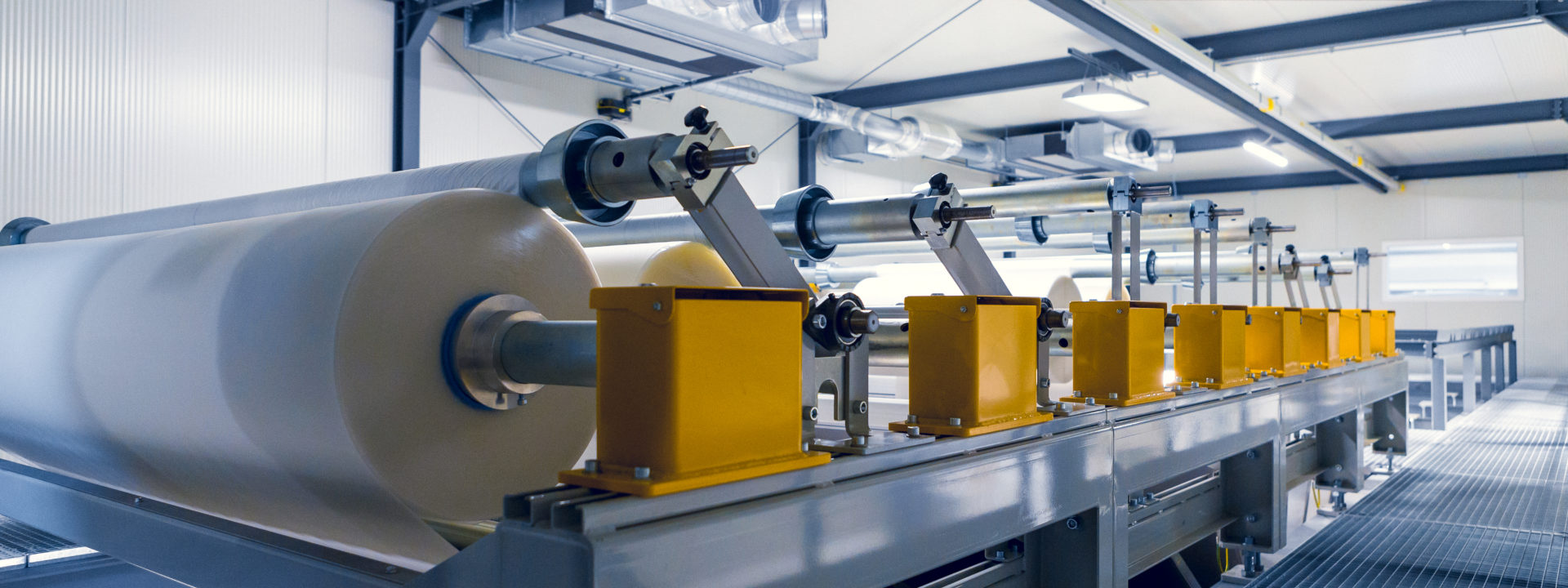
We all know that glass lamination is the process of bonding two or more panes of glass with a flexible interlayer in between. Sounds simple. But is it always so in practice? How can you ensure that your end result is consistently outstanding while your process remains efficient? Let’s look at the top five important factors for successful glass lamination.
It’s important to remember your business segment will determine many of the requirements for your lamination process. For example, if you are in the façades business, requirements for the glass will be different from those in the interior glass market. The glass specifications will not be the same, and the line settings will be different, too. Moreover, for many producers the most important factor is that the line can easily adapt itself to different kinds of production. Therefore, let’s focus on the factors that matter equally for every glass processor, regardless of the business model.
The choice of heating technology directly affects the day-to-day use of your laminating line. There are mainly two technologies to consider: full convection and radiation with convection.
Today, most furnaces are still using infrared radiation technology. If this is also your case, remember that radiation efficiency depends greatly on the glass type you process. Infrared radiation is only really effective in heating thick clear glass with no coating. Unfortunately, glass processors working only with this type of glass are few and far between.
When it comes to really optimal heating, full convection is a much better choice. This is mainly because full convection is totally indifferent to the glass type you use. It consistently heats the glass uniformly. Even Low-E coatings do not reflect convection heat. So, there is no need to adjust the furnace temperature as often, saving you lots of time.
The laminating line’s pre-pressing unit affects how easy it is to operate the press and how uniform the pressing result is for different glass sizes and shapes.
Often, laminating lines are equipped with two pressing units. In this case, less is more! A good press design combined with accurate heating is more than sufficient with only one press. Plus, you avoid the sticky situation of having a long glass pane under two press units at the same time.
The most modern pressing machines are designed so that the press unit does not need to be adjusted based on glass width or shape – not even automatically.
More often than not, mixed production capability of the line is the most important factor to consider. This means that it is fast and easy to switch between different products – whether it’s changing the coating, glass size, shape or sandwich thickness. The most important factors affecting this are heating and pre-pressing design (discussed in points 1 & 2) and design of cleanroom operations.
When comparing capacities between different lines, make sure to take into account what is the real output you get out of the line versus theoretical capacity values. It’s especially important to understand what kind of changeover time there is between products, as changeover times can cause a huge difference between actual output and theoretical output.
In the cleanroom, the most important thing is that the line enables easy operation between automatic and manual modes – depending on what kind of products you are using. Pay attention especially to how easy it is for operators to work around the line, when it comes to manually trimming and positioning the glasses. A well designed trimming station makes trimming easier and quicker for the operators, as well as leads to better trimming quality as well.
The cleanroom is an inherent part of the laminating line, ensuring smooth operation when loading foils and making the operators’ work as straightforward as possible. Things to consider for a well-designed cleanroom include ease of moving around the line, automated and offline methods of storage of the PVB rolls and sufficient lighting, especially in the assembly area.
You should also know and maintain the temperature and humidity level recommended for your cleanroom as well as air filtration requirements. These are not standard but are very specific values based on the type of foils you store.
Defining a suitable line size is crucial, especially if you are going for high-volume production. The line’s length has a direct effect on the capacity you can achieve, due to longer travel distances of the conveyors and glass lifters. The larger the line, the bigger its footprint – which is also a downside.
If only a small part of your business comes from long glasses, consider purchasing those from somewhere else rather than investing in a larger machine.
Ease of using the line, glass lifter design, the washing machine, foil type, foil cutting methods and the line’s automation – all have their own role in the overall success of your laminating process efficiency and business, as well.
To learn more about the many other success factors and get more detailed information on those listed here, download our free Laminating Line Buyer’s Guide. This new eBook features a wide range of tips on how to make your lamination business flourish, even if you are only looking to tap into this niche.
注册 Glastory 快讯
我们回答您关于玻璃加工的问题。将您遇到的困难告诉我们,我们一定尽全力帮助您。
Comments are closed.